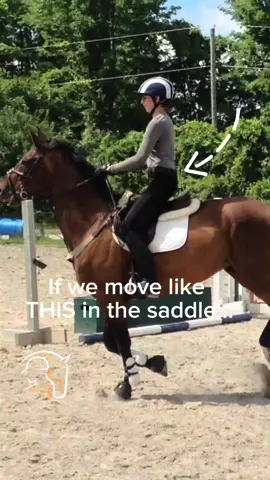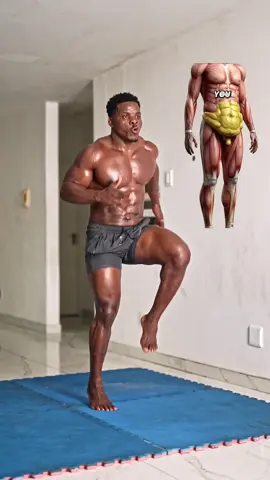Entertainment world
Region: PK
Sunday 24 August 2025 15:01:36 GMT
1192
15
1
0
Music
Download
Comments
Emilaine Pavanelo :
😁😁😁
2025-09-07 13:00:21
0
To see more videos from user @entertainmentworld040, please go to the Tikwm
homepage.





